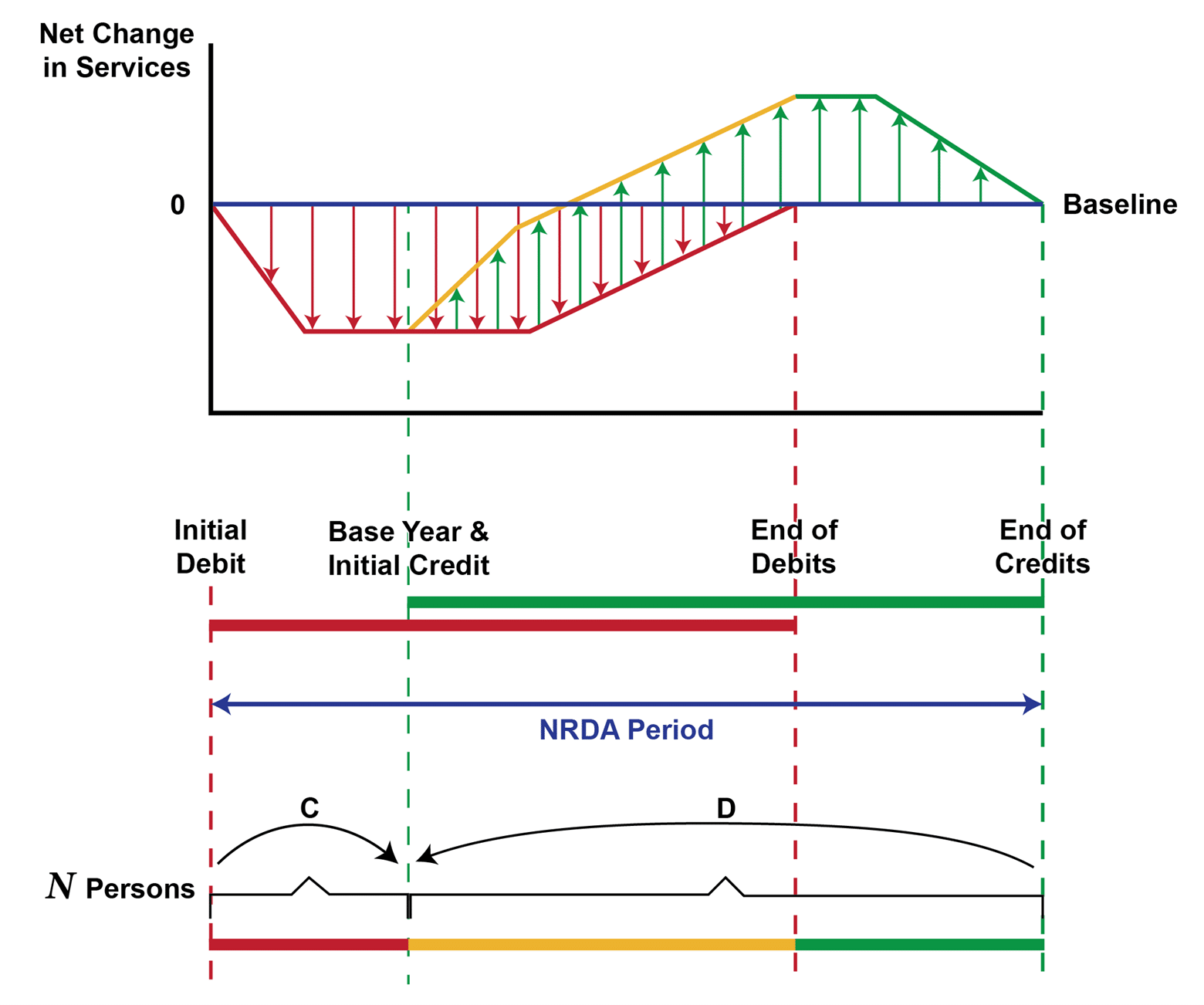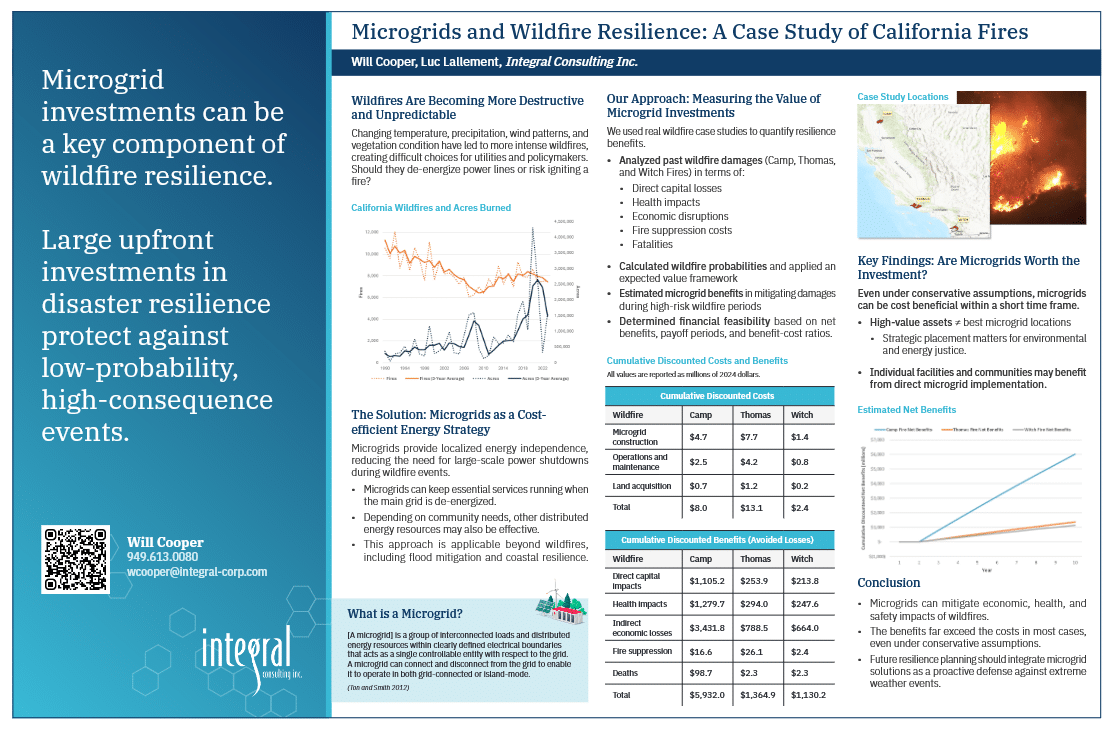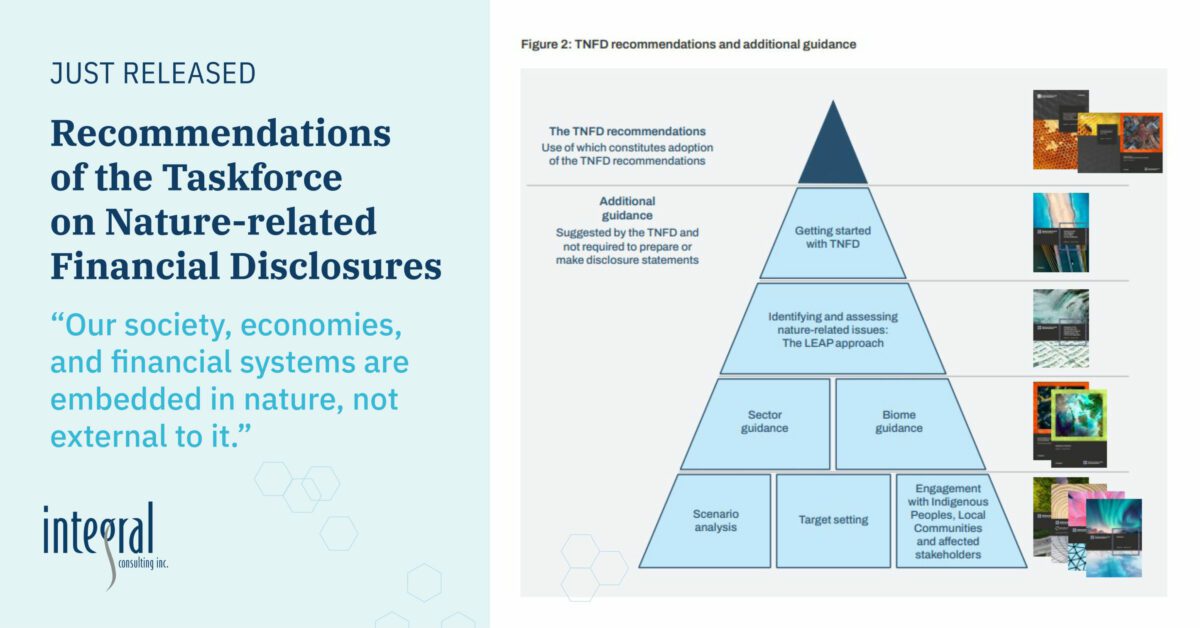
Mr. Will Cooper has 18 years of professional experience as an economist, specializing in the economic analysis of public policies, the valuation of natural resources, and natural disaster risk and reduction strategies. His primary areas of focus have been on the appropriate use of quantitative methods to study the economic impacts of public investments and climate change and adaptation strategies related to coastal erosion, floods, drought, and wildfires. He also has significant experience valuing natural resources and estimating impacts on ecosystem services, such as recreation and tourism. He specializes in econometrics and quantitative models and their application to environmental analyses. He has developed automated tools and analytical programs for use in labor analysis, energy, transportation, mining, health, economic forecasting, and cost analysis. Analyses performed by Mr. Cooper have been published in the Federal Register, and he has co-authored publications that have appeared in peer-reviewed journals.
M.S., Economics, Universitat Pompeu Fabra, Barcelona, Spain, 2005
B.A., Economics, University of Virginia, Charlottesville, Virginia, 2002
Machine Learning (2020)
DeepLearning. AI TensorFlow Developer (2020)
Applied Data Science (2020)
Modern Big Data Analysis with SQL (2020)
Private Sector Alliance for Disaster Resilience Societies—United Nations Office for Disaster Risk Reduction
Association of Environmental and Resource Economists
Society for Benefit–Cost Analysis
Will Cooper Senior Consulting Economist, Technical Director - Natural Resources and Environmental Economics
Mr. Will Cooper has 18 years of professional experience as an economist, specializing in the economic analysis of public policies, the valuation of natural resources, and natural disaster risk and reduction strategies. His primary areas of focus have been on the appropriate use of quantitative methods to study the economic impacts of public investments and climate change and adaptation strategies related to coastal erosion, floods, drought, and wildfires. He also has significant experience valuing natural resources and estimating impacts on ecosystem services, such as recreation and tourism. He specializes in econometrics and quantitative models and their application to environmental anal...
Mr. Will Cooper has 18 years of professional experience as an economist, specializing in the economic analysis of public policies, the valuation of natural resources, and natural disaster risk and reduction strategies. His primary areas of focus have been on the appropriate use of quantitative methods to study the economic impacts of public investments and climate change and adaptation strategies related to coastal erosion, floods, drought, and wildfires. He also has significant experience valuing natural resources and estimating impacts on ecosystem services, such as recreation and tourism. He specializes in econometrics and quantitative models and their application to environmental analyses. He has developed automated tools and analytical programs for use in labor analysis, energy, transportation, mining, health, economic forecasting, and cost analysis. Analyses performed by Mr. Cooper have been published in the Federal Register, and he has co-authored publications that have appeared in peer-reviewed journals.

Discounting in Damage Assessments for Ecological Injuries: An Introduction to the Issues
Resource
June 06 2025

The Taskforce for Nature-related Financial Disclosures Has Released Its Final Guidance
Press Release
September 19 2023- Natural Resource Damage Assessment
- Climate Change
- Renewable Energy
- Climate Impact Assessment
- Coastal Resilience
- Environmental Economics
- Environmental Impact Assessment
- Policy Analysis
- Regulatory Compliance
- Statistical Modeling
- Statistical Analysis
- Feasibility Studies
- Litigation Support

